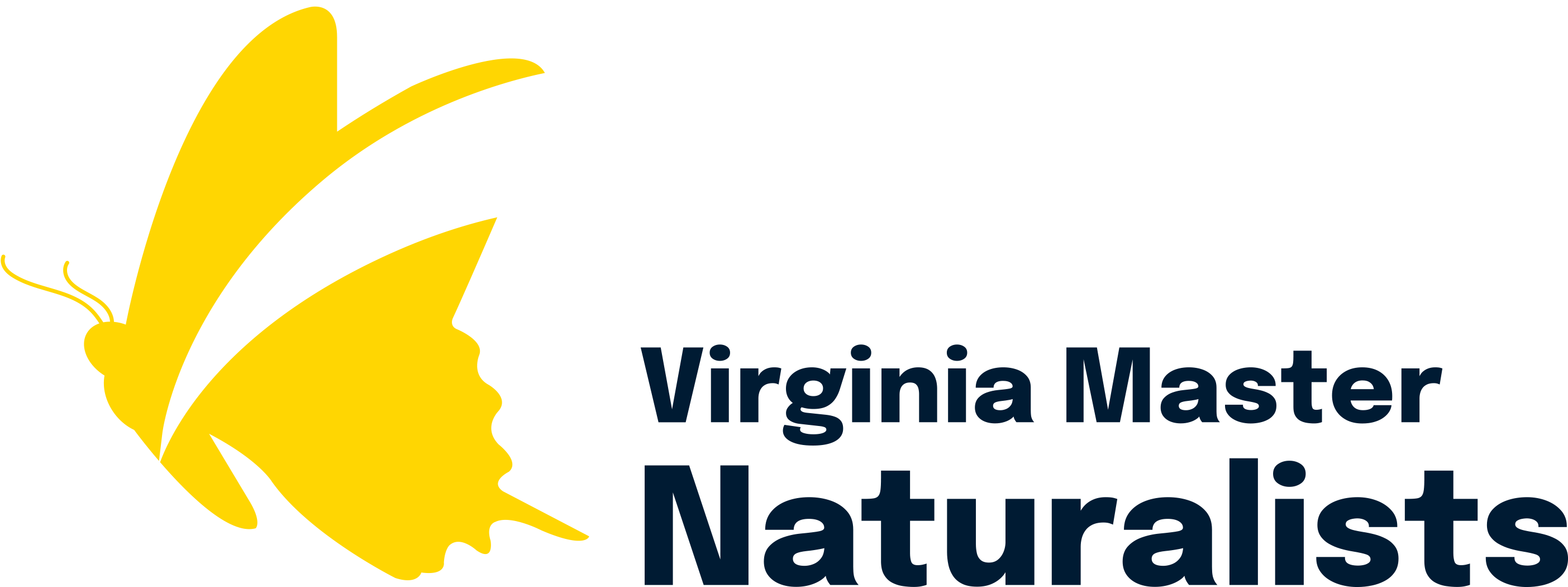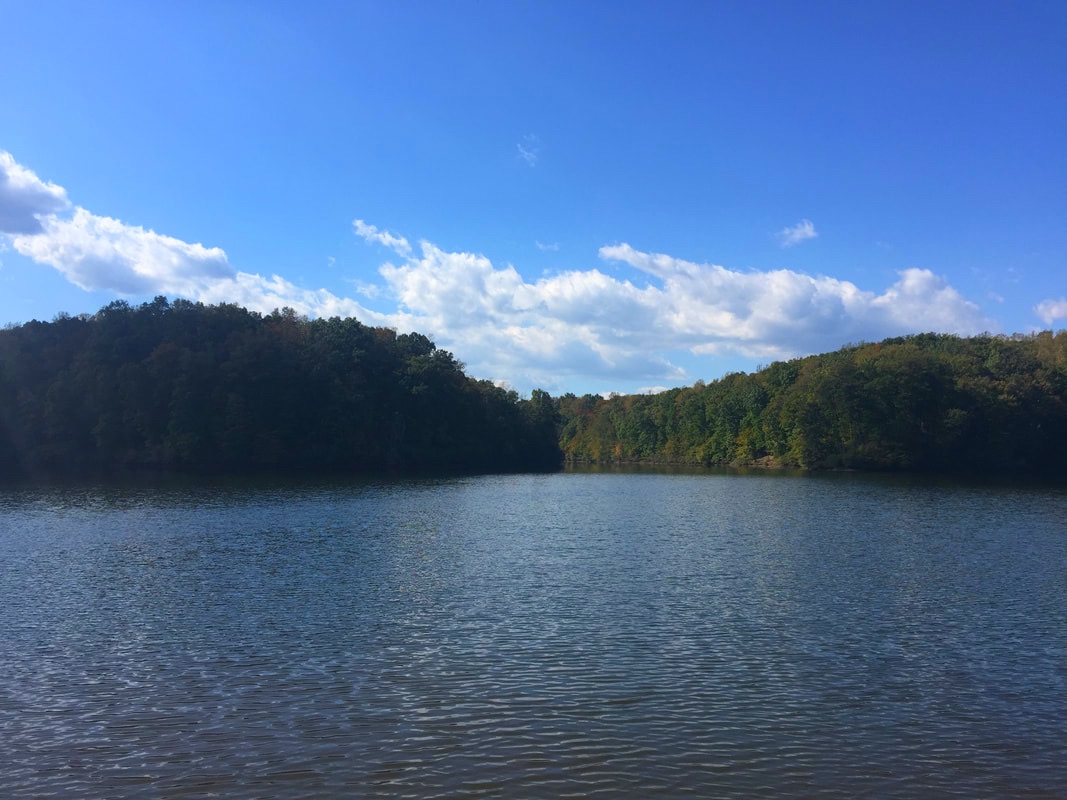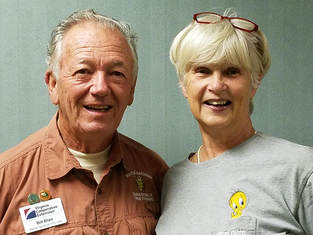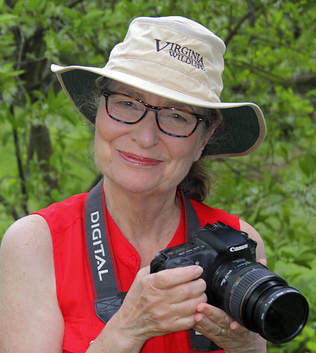From Our Sponsors and Partners – Summer 2018
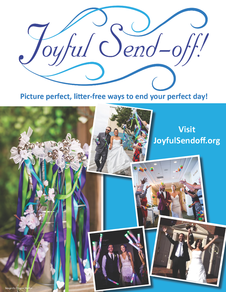 Joyful Send-off is a campaign to encourage alternatives to balloon releases at celebrations.
Joyful Send-off is a campaign to encourage alternatives to balloon releases at celebrations.
News from the Virginia Department of Environmental Quality
By Ann Regn, VDEQ
Balloons, not Plastic Straws, are Target of Virginia’s Plastic Reduction Campaign
Virginia is the first state on the east coast to have a marine debris reduction plan. In that plan, balloons were identified as primary threat to Virginia’s coastal resources, including marine mammals. Data from a recent survey of Virginia’s beaches is now available, as well as a report on a new campaign, Joyful Send-Off, that encourages brides and others to celebrate with alternatives to releasing balloons.
DEQ Releases 2017 Fish Tissue Monitoring Data
The data from DEQ’s 2017 monitoring of fish and sediments are now available. The samples were analyzed for PCBs and a suite of metals including arsenic, mercury and lead. These results will be evaluated by the Virginia Department of Health (VDH) and could result in the lifting of current fish consumption advisories or in the issuing of new ones. This marks the first year since 2008 that new data was collected in multiple basins across the state. For more information, see the news release. VDH maintains an interactive map from shows areas where fish consumption advisories are posted.
Better Salt Management Strategies Sought for Northern VA
Some ecologists wonder if road salt will be the next major freshwater pollutant, like phosphorus was. DEQ is tackling the issue by gathering stakeholders to develop best practices for salting roads and alternative deicers that will protect public safety and water quality. Input from property/building managers and winter service providers is sought.
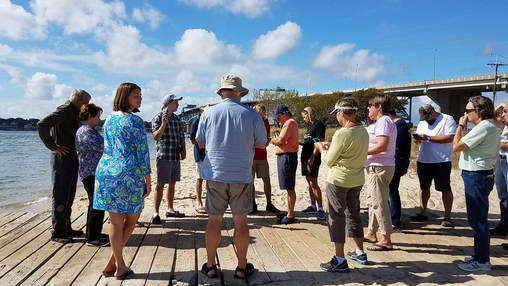 Citizen science volunteers attend a 2017 Catch the King Tide training session led by VIMS scientists. Photo by K. Duhring, VIMS
Citizen science volunteers attend a 2017 Catch the King Tide training session led by VIMS scientists. Photo by K. Duhring, VIMS
by Karen Duhring, Virginia Institute of Marine Science
King tides are the very highest tides predicted to occur each year based on the positions of the earth, sun and moon and their gravitational effects. Coastal communities around the nation are discovering how crowdsourced citizen science data collection during extreme high tide events like the king tide helps to better understand where flooding is occurring. Mapping the extent of these high tides over a large geographic area helps validate and improve predictive model forecasts that are vital tools for emergency managers, businesses and residents in coastal areas.
Virginia’s first organized “Catch the King Tide” event was held last year as a collaborative effort between multiple partners, media organizations, and academic institutions such as VIMS, Old Dominion University, and William & Mary. Over 500 citizen science volunteers, including Virginia Master Naturalists, walked along high tide lines in their coastal communities and entered data into a smartphone application. This first Catch the King Tide event was the largest flood-related crowdsourcing data event in the world at the time.
Planning is now underway for a second 2018 Catch the King Tide event. Planned data collection events include:
(1) Sunday, October 7, 2018: Dress rehearsal during high tide
(2) Saturday, October 27, 2018: Catch the King Tide event from 9:30 AM (Virginia Beach) – 1:30 PM (York/Poquoson)
Free training sessions will start August 1 and will be offered in multiple locations to prepare for the main event in October. Volunteers will collect data during a 60-90 minute time frame during each event depending on the time of high tide at their location. GPS data points will be collected by volunteers as ‘breadcrumbs’ or pins along the water line during peak high tide. Additional unplanned data collection events may be scheduled between August and December with short notice. Most of the data collection will be during ‘blue sky’ high tide events, or non-storm conditions. Volunteers will also be trained and encouraged to map known flooding ‘trouble spots’ at any time.
Project volunteers can choose between two participation levels:
- Individual (basic) – basic participation level that includes registration & instructions for mapping the extent of high tide flooding alone or with a group
- Tide Captain (Champion) – advanced level agrees to manage a group of five or more volunteers, also learn how to set up training & data collection events, send messages to group, answer member questions & provide technical support
Prior Experience or Expertise
- Access to a portable smart phone or tablet and the ability to enter data in the field
- Prior knowledge of crowdsourced citizen science applications is desirable, but not required
- Ability to walk along flooded streets and shorelines during ‘blue sky’ and inclement weather conditions
- Familiarity with tide charts, tidal flooding, and predicting the time of local tide events is highly desirable, but not required.
- Attention to detail
- Access to and ability to use camera phone to take photos
- Tide Capta
ins should have strong communication skills for organizing local volunteer groups
Registration is required for the 2018 Catch the King Tide event to ensure all volunteers are counted, properly trained, and prepared to collect data before scheduled events. Last year’s volunteers should have received information about this year’s registration process. All participants can follow the Catch the King Tide Facebook Page or visit the Catch the King 2018 Registration Page to get started. After registration, additional information about getting ready and training sessions will be provided by a Volunteer Coordinator.
The focus region is southeast Virginia but anyone can download the app and collect data, especially if a training session can be attended. If you want to participate, but do not see your location listed as one of the general areas for monitoring during registration (required field), select the closest location then clarify your desired area in the next neighborhood field. VMN volunteers and chapter project coordinators may contact Karen Duhring at VIMS for additional information, to request a chapter training session, and for assistance setting up a chapter project to support VMN volunteer participation in this regional citizen science event.
From Our Sponsors and Partners – Summer 2018 Read Post »
